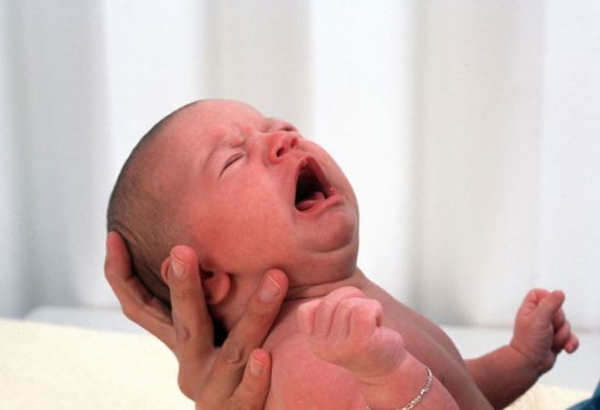U.S. scientists from the University of Utah have found that the optimal interval between the first and the next birth is 18 to 23 months.
According to their research the conclusion can be made, that this period is optimal in terms of the physiology of the mother and children, as well as because of the mental characteristics of young children and the relations between them.
“At the period in which the second child is born, the firstborn no longer requires such constant care and the age difference will allow children to better understand each other and have common interests.”

Researchers studied 173,205 births and found that the smaller or larger interval between births increases the risk of diseases with mothers and children.
With mothers who became pregnant six months after the previous birth, a greater likelihood of giving birth to premature babies or babies with hypotrophy is found – by 30-40% – while with those who give birth to their next child in more than 10 years, the risk of having a child with hypotrophy is twice as large.
The disclosure of these facts may help reduce the risk of deterioration in children’s health.
Experts believe that with a very small interval between births, several disorders in the development of the child occur because the mother’s body has not recovered from the lack of necessary vitamins, from blood loss and stress related to pregnancy and childbirth. Too large intervals also increase the risk as the conditions for blood flow to the uterus have meanwhile worsened.
Therefore obstetricians and gynecologists recommend that the next child be born in 18 to 23 months.
“This does not mean that any other option is unacceptable from a health perspective. We just want to determine the optimal interval between two births “, conclude researchers.
Based on research by the Cdc and Prevention, released in the February 25, 1999,publication of the New England Journal of Medicine, the suggested period among pregnancies is 18 to 23 months. People who became pregnant within half a year of having a baby had a thirty to forty percent higher possibility of delivering a premature baby or a child smaller in size. The danger also elevated substantially for mothers who patiently waited ten years. They were even more likely to have small babies and had a 50 % higher possibility of delivering prematurely. The research analyzed 173,205 births in Utah from 1989 to 1996, with all the largest part of mothers being white. The outcomes may not be a similar for unprivileged or for high-risk pregnancies. Another study to be aware of this lack is actually in progress.
Tsvetan Petrov is a passionate blogger and writer. He writes on a daily basis for his website found at Health and Fitness. Reach him for more informative articles like this one!

